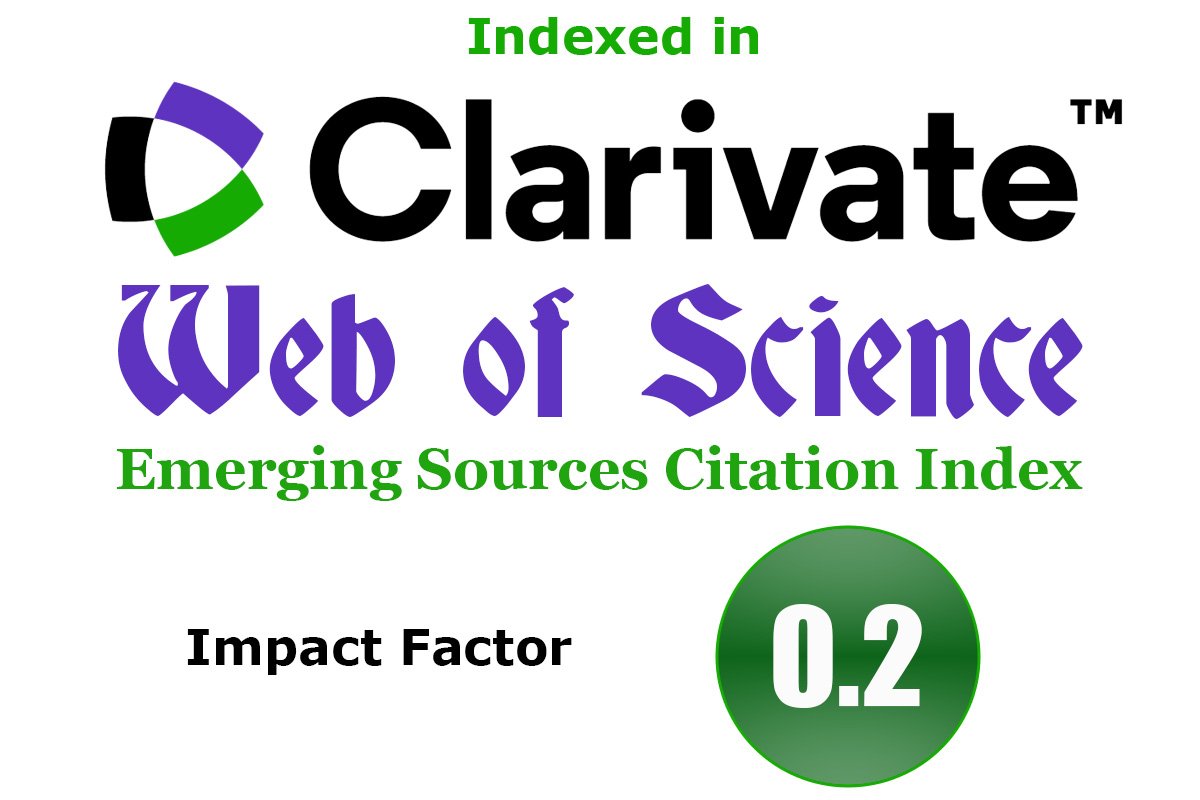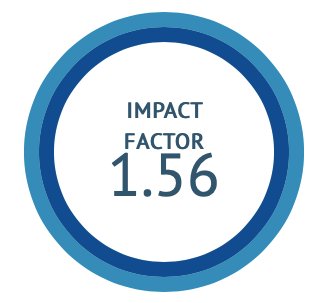Availability and yielding of natural camphor (Karpura) from Cinnamomum camphora Nees & Eberm
DOI:
https://doi.org/10.47552/ijam.v13i1.2357Keywords:
Karpura, Natural camphor, Cinnamomum camphora, Steam distillation, Clevenger apparatusAbstract
Karpura (natural camphor) has been mentioned since the Vedic era in various formulations for therapeutic and spiritual reasons. But from the late 19th century onwards, synthetic camphor replaced it due to its high price and unavailability of its plant material. This synthetic camphor is very low-priced as compared to a natural one. The cost-effective and unawareness about it’s side effects lead to escalating the use of synthetic camphor. Formulations mentioned in Ayurveda are with natural camphor not with synthetic. But there is no proper method described for yielding of natural camphor from Cinnamomum camphora Nees & Eberm. plant. This is an effort to know the extraction of natural camphor from wood and leaves of Cinnamomum camphora Nees & Eberm. In the present study Clevenger apparatus was used to evaluate its yielding proportion. The yielding percentage of Karpura depends on the quality, quantity, part used and maturity of plant material. Moreover, the selection of proper apparatus and procedures is also vital for the quantitative extraction of Karpura. Though having a high price, it has a unique remedial activity which is entirely different from the synthetic one that is available in the market on the trade name of Karpura.
Downloads
Published
How to Cite
Issue
Section
License
Copyright (c) 2022 International Journal of Ayurvedic Medicine

This work is licensed under a Creative Commons Attribution 4.0 International License.
The author hereby transfers, assigns, or conveys all copyright ownership to the International Journal of Ayurvedic Medicine (IJAM). By this transfer, the article becomes the property of the IJAM and may not be published elsewhere without written permission from the IJAM.
This transfer of copyright also implies transfer of rights for printed, electronic, microfilm, and facsimile publication. No royalty or other monetary compensation will be received for transferring the copyright of the article to the IJAM.
The IJAM, in turn, grants each author the right to republish the article in any book for which he or she is the author or editor, without paying royalties to the IJAM, subject to the express conditions that (a) the author notify IJAM in advance in writing of this republication and (b) a credit line attributes the original publication to IJAM.




